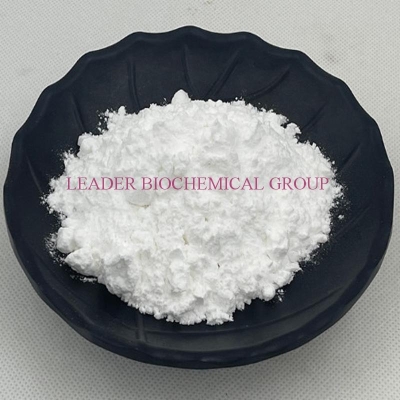-
Categories
-
Pharmaceutical Intermediates
-
Active Pharmaceutical Ingredients
-
Food Additives
- Industrial Coatings
- Agrochemicals
- Dyes and Pigments
- Surfactant
- Flavors and Fragrances
- Chemical Reagents
- Catalyst and Auxiliary
- Natural Products
- Inorganic Chemistry
-
Organic Chemistry
-
Biochemical Engineering
- Analytical Chemistry
-
Cosmetic Ingredient
- Water Treatment Chemical
-
Pharmaceutical Intermediates
Promotion
ECHEMI Mall
Wholesale
Weekly Price
Exhibition
News
-
Trade Service
Glycinamide hydrochloride, also known as glycine hydrochloride, is a white to off-white, crystalline solid that is used as a pharmaceutical intermediate, a food additive, and a catalyst precursor.
The production process of glycinamide hydrochloride involves several steps, including the synthesis of glycine, its hydrochlorination, and its purification.
Step 1: Synthesis of glycine
The synthesis of glycine is typically accomplished by hydrolysis of chloropropionyl chloride, which is followed by condensation with ammonia.
The resulting glycine is then purified by recrystallization or other suitable methods.
Step 2: Hydrochlorination of glycine
The purified glycine is then subjected to hydrochlorination, which involves the introduction of hydrogen chloride gas into a solution of glycine in a suitable solvent, such as water or an organic solvent.
The reaction is typically carried out at elevated temperatures and pressures, and the product is isolated by filtration, washing, and drying.
Step 3: Purification of glycinamide hydrochloride
The crude glycinamide hydrochloride obtained from hydrochlorination is typically impure and requires further purification.
This is typically accomplished by recrystallization, which involves dissolving the crude product in a suitable solvent, such as water or a polar organic solvent, and allowing the crystals to form through slow evaporation or by adding a nucleating agent.
The resulting crystals are then collected by filtration, washed with water or the solvent used for recrystallization, and dried.
Other purification methods that are commonly used for glycinamide hydrochloride include chromatography, such as column chromatography or high-performance liquid chromatography (HPLC), and precipitation, such as with a suitable reagent, such as sodium hydroxide or hydrochloric acid.
Overall, the production process of glycinamide hydrochloride involves several steps that require careful attention to detail and the use of appropriate equipment and procedures.
The quality of the final product depends on the purity of the starting materials, the reaction conditions, and the efficiency of the purification steps.
As such, it is essential to monitor the process closely and to implement appropriate controls to ensure that the product meets the required specifications for purity and quality.







